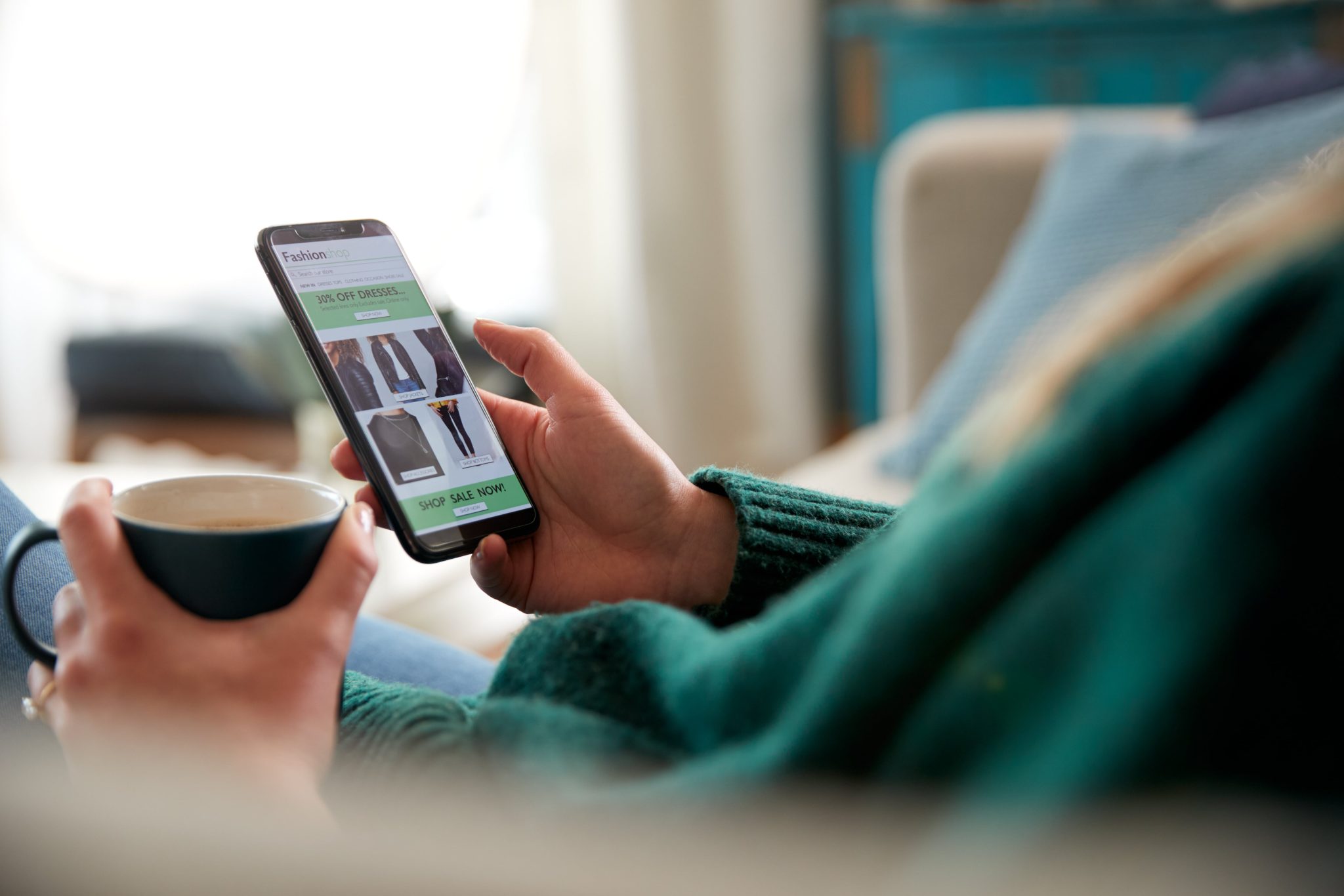With the rising cost of living putting pressure on household budgets, Australians are looking to online platforms such as Facebook marketplace listings and pages to turn their unwanted items into cash – but do you know how to spot a scam before it’s too late?
Cybercriminals are targeting these platforms with a range of scams that are equally diverse as they are cunning, leave unwary buyers and sellers out of pocket. In this post, we’ll delve into some common scam techniques and how to steer clear of them.
Be scam savvy
There’s no denying Facebook Marketplace is great for buying and selling second hand items. It connects you with other members of the community that may need that old lounge you’re upgrading from, or that pushbike languishing in the garage from lack of use.
Unfortunately, sometimes it can also connect you to scammers. The techniques scammers use on Facebook Marketplace and similar platforms such as Gumtree are many, varied and ever changing, which makes them harder to spot.
Let’s take a look at five of the most common scam tactics with tips on how to protect yourself online.
1. ‘My friend doesn’t use Facebook’ or ‘My relative will collect’ scams
A scammer will contact you about your listing and tell you that their friend or relative is interested in your item, claiming that the friend doesn’t use Facebook.
They may ask you to email or text an address or number that they claim belongs to their friend to arrange a transaction.
Or, the scammer might say they are interested in your item but can’t meet in person and will instead send a friend or relative – then ask for your email to relay the message.
But here’s the catch: Once they have your email or phone number, they can use it to send other scams or malware, potentially compromising your data.
Be wary of sending any buyers your contact details – it’s safer to keep all communications within the platform’s messaging service to protect your privacy.
2. Overpayment scams
Other scammers will say they’ve sent payment for the item you are selling and accidently overpaid you.
They may send a screenshot of the transaction receipt, requesting you to reimburse the difference back to them – in reality, the transaction is bogus and they haven’t paid you anything.
Before sending any ‘refund’ of money for alleged overpayment, always double-check your transaction records with your bank through their app, online banking or visit in-branch.
3. Broken items
In this type of scam, a seller advertises an electronic device that looks in good condition in the photograph, and the listing may state that it has barely been used.
You purchase it but when you get the item home and try to use it, it doesn’t work. To avoid this, it’s best to inspect and test any electronic products before handing over your payment.
4. Pay ID scams
These scammers may respond to your listing with an offer to pay using PayID, an instant payment method that uses a person’s mobile number, email, or ABN to send and receive money.
The scammer then tricks you into paying a fee to activate or upgrade your Pay ID account, with a fake email informing you of a problem with the ‘transaction’.
Pay ID is a safe method of payment but you should beware of requests for additional payments. You should never have to send money to receive a Pay ID payment. If in doubt about a request, call your financial institution directly.
5. Fake sponsored posts and advertisements
On Facebook, it’s not uncommon to come across sponsored posts and advertisements in your newsfeed showcasing tempting deals on products. However, some of these may be from fraudulent sellers looking to con unsuspecting buyers.
Pay close attention to sponsored newsfeed posts that promote unbelievable deals, particularly on brand name and designer products. If the prices appear remarkably low compared to what you’d expect from reputable retailers, be cautious.
Investigate the legitimacy of the website and the credibility of the seller – verify the website’s URL, be wary of completing transactions from external sources or without secure payment methods, and if anything looks suspicious exercise additional caution.
In addition – research the product thoroughly and check for inconsistencies in the details such as product descriptions, images, and customer reviews. Compare the advertised product to what you’d find on the official brand’s website
If you encounter a sponsored post or external link that raises suspicion, use Facebook’s reporting system to alert them to potential scams. They can investigate and take appropriate action to protect the community.
How to identify scammers
Red flags that may alert you to scammers include:
- A buyer or seller with a brand new profile or without a Facebook profile photo
- Unrealistically low prices on items
- A buyer wanting to pay with a gift card
- A buyer who says they accidently overpaid for an item
- A seller or buyer requesting personal information (such as your phone number or email address) or wishing to communicate with you outside Facebook
Tips to avoid getting scammed
- Research potential buyers by checking their profile and their location. If they live far away or internationally, it’s unlikely they plan to pick up your item in rural Queensland in a day’s time.
- When selling, look at reviews of sellers to check credibility and see what other buyers say about them. If the seller appears to be a newcomer or lacks reviews, it’s worth approaching with caution.
- Don’t click on any external links sent to you or download anything to your computer.
- Don’t hand over money until you see the item for sale. Seek out the item’s retail price, inspect its details, and contact the seller for additional information if necessary. If it seems too good to be true, ask to see more photos of the item, a live video or even an original sales receipt before agreeing to buy.
- Use payment platforms that provide strong buyer protection such as PayPal. Be skeptical of sellers who push for quick transactions or ask for payment outside of a platform’s secure payment methods.
What to do if you think you’ve been scammed
If you’ve lost money via a scam, notify your financial institution as soon as possible. If you’re a member of The Capricornian, you can visit our Help page for further assistance.
For more advice on how to avoid scams and what to do if you have been a victim of a scam, visit the Scamwatch website at www.scamwatch.gov.au.
By staying vigilant and informed, you can navigate the world of online marketplaces safely and confidently. Happy buying and selling!
Disclaimer: The content of this article is general in nature and is presented for informative purposes. It is not intended to constitute tax or financial advice, whether general or personal nor is it intended to imply any recommendation or opinion about a financial product. It does not take into consideration your personal situation and may not be relevant to circumstances. Before taking any action, consider your own particular circumstances and seek professional advice. This content is protected by copyright laws and various other intellectual property laws. It is not to be modified, reproduced or republished without prior written consent.




